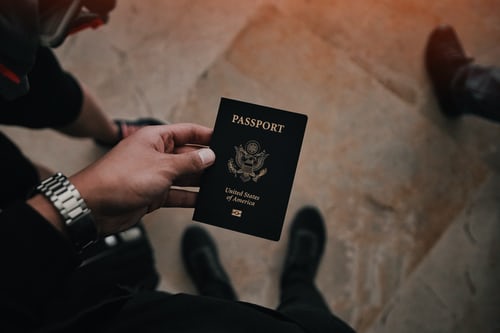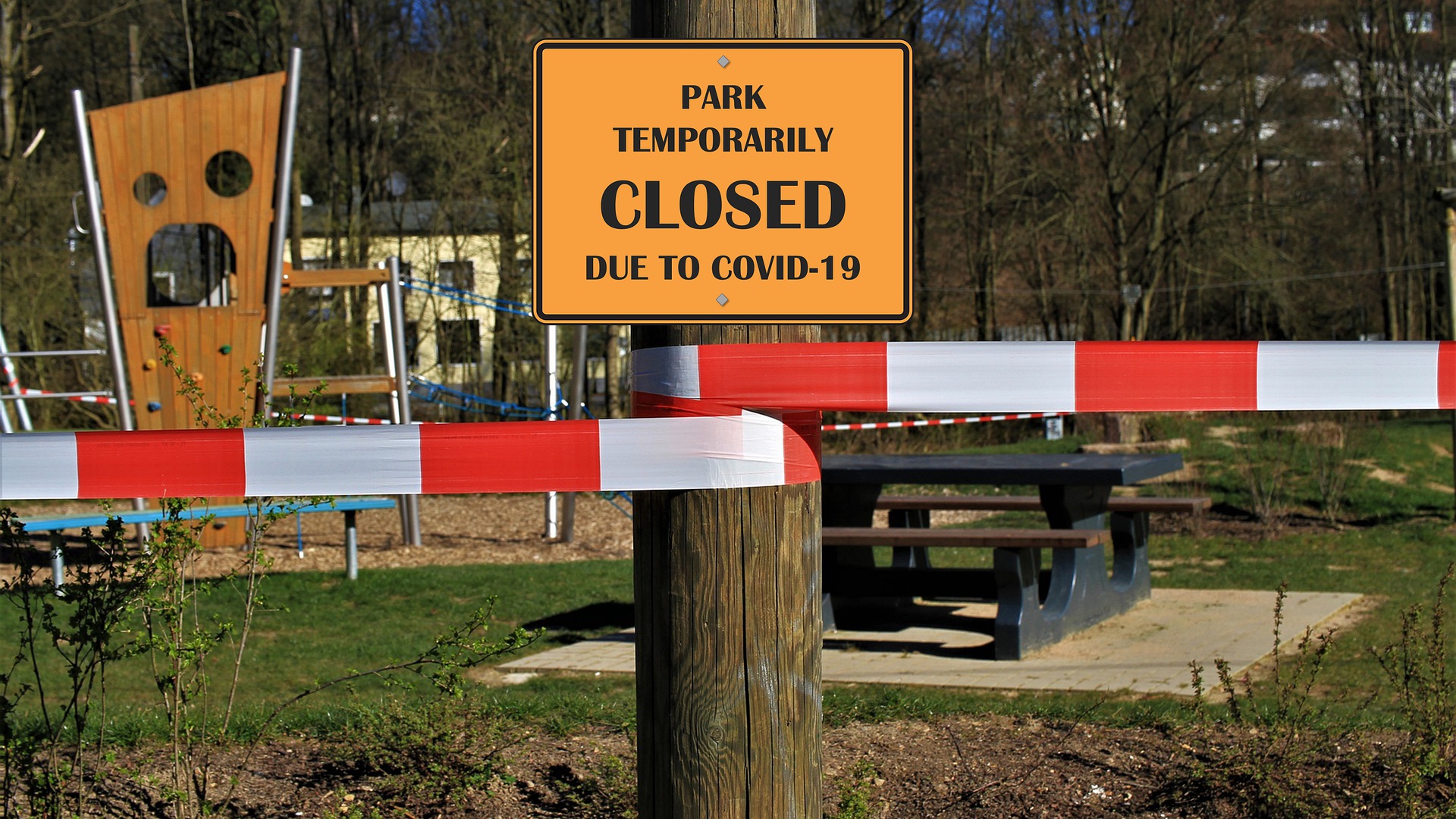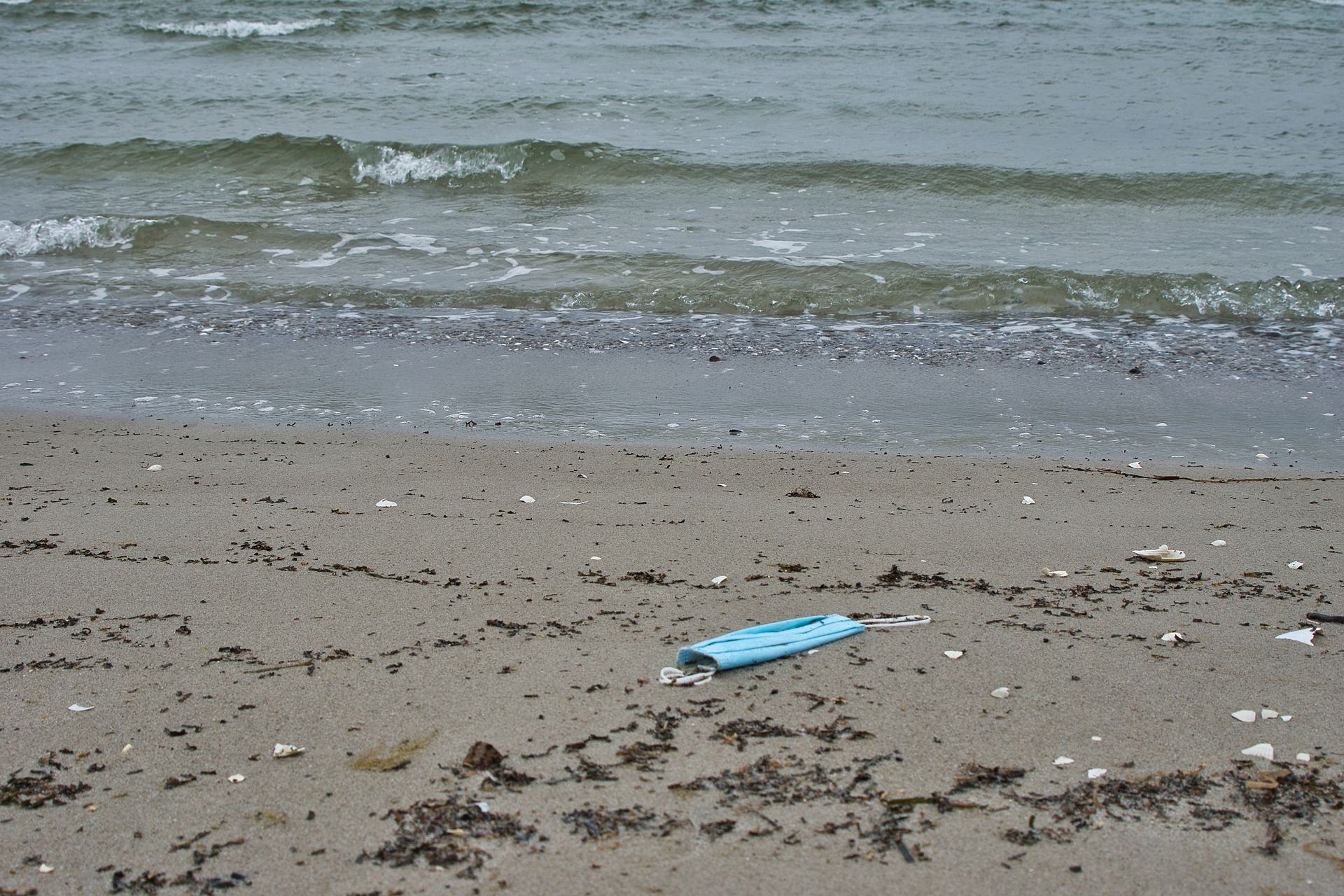Qantas has already announced the Covid 19 vaccination will be mandatory in order to board their planes-but does this infringe upon our human rights?
Recent headlines have declared the upcoming covid 19 vaccine, as a mandatory and crucial passport-if any of us want to go on holiday next year. There are even suggestions that simply attending a restaurant will require proof of the vaccination.
Although, it is still speculative as to how effective a vaccination will be after a certain length of time has passed. People have to receive the flu jab every year, because the influenza virus mutates and changes. It means the previous year’s vaccination for the flu is no longer effective. The same could be the case for covid 19, and who is to say the virus won’t mutate every 2 months?
Therefore, I ask: is it right to ask for proof of the covid 19 vaccine?
No one knows for sure when the vaccine will be available nationwide, since there are certain groups who will need it first and foremost. But we can imagine by July next year-it will be widely available. Could it be mandatory to take the vaccine, to be able to finally take a holiday? It may certainly well be. Some airlines have already been reported to be demanding a vaccination certificate once it is widely available. Qantas is one. And it doesn’t end with the airlines, your local pub could be needing one too.
Does this not infringe upon human rights? It is up to the individual whether they choose to vaccinate themselves and not the government or infrastructure. Yet, this is a situation we are still so deep in and the vaccine is the one hope of being able to dig ourselves out the hole.
How Many People Will Get Vaccinated?
If people choose to not take the vaccination-what would be the effect of that? A recent poll has found only 1 in 5 will be unlikely to take the vaccine when available. This is 20%, but this is only if the government insist upon it. Still quite a high number considering, but it rises to 35% (1 in 3), if the vaccine is not widely available and not insisted upon.
I have heard from a nurse friend-and someone highly experienced in working within epidemics, that to achieve herd immunity-everyone, or at least 80% will need to be vaccinated. It stands to reason why the notion of a covid certificate could be the norm and standard procedure. But it is scary, and we have to ask:
Is Vaccination Really the Key To Herd Immunity?
According to the University of Edinburgh, if we vaccinate 98% of people-this will protect the remaining 2%, because there will be little to no virus transmission. They use this as an example, but other countries are talking of herd immunity being achieved once 60% of the population has been vaccinated (or 60% having contracted the disease).
So in this case, the 20% who do not want to be vaccinated-can go have a party? Yes? Well, unfortunately, the case of herd immunity is not that simple and there are many factors required to be able to achieve it (if possible). For example, measles requires over 90% immunisation to provide herd immunity because it is so infectious, but covid 19 is not as infectious as measles. It is thought by some experts to need 70% immunisation to be effective.
This is positive news, it does mean not everyone should be expected to become vaccinated, and according to the University of Edinburgh-herd immunity is unlikely anyway. They muse the best course of action would be to immunise the vulnerable first and foremost, and maybe only the vulnerable. They say to vaccinate everyone would be pointless.
A professor from the Institute of Virology in Germany seconds this by saying:
‘respiratory infections in particular can be hard to block completely with vaccines’
(Bodo Plachter, Professor and Depute Director of The Institute of Virology, Germany)
And Then There’s Vitamin C
If vaccines are unlikely to completely suppress the virus-then why not prescribe vitamin C en mass instead? It is being found to be a cure for covid, and New Zealand and Japan, as well as China-have been carrying out significant trials on the vitamin. Hospitalised patients, when administered high doses of the vitamin, are being cured. This is still under trial, but vitamin C can surely also be thought as a preventative measure, as well as a cure?
Where-there are those of us who would rather not take the vaccine; it is likely those people, are only more happy to take vitamin C instead.
It is said to be relatively safe and already readily available, so why not take advantage and use it. If there is one thing everyone could take more of-it is vitamin C. It is thought to be lacking from our diets, in terms of the choices people make, but also because of the fertilisers used to grow crops-they are depleting the vitamin levels within our food.
So Is It Right To Ask For The Covid Certificate?
Speculation over the validity of the vaccine really puts the notion of a covid certificate into question. Whilst the vaccine will curtail the spread, it will not limit the existence of covid 19. It may only deter the symptoms, and even at that: respiratory infections can be difficult to eliminate through vaccination alone.
Even without the discussed doubts-no one can be forced into taking a vaccination and should not-we do have immune systems for that, and this is maybe the real issue at hand. Whether or not a human rights issue or not, airlines will be set to follow the likes of Qantas. Australia has always been quick to defend their borders-and will not take chances.
They are set to release their citizens from the confines of the mask, no one can blame them for insisting upon immunisation after everything the world has gone through.
But it does undoubtedly infringe upon people’s human rights.
“And if antibodies only last for so long after infection-will it not be the same for a vaccine?”
Maybe we can have certificates to confirm we have had covid…if you can’t beat them…find another way.
And maybe reach for the vit C…fast track to the future, and you could be having your ‘levels’ tested, ‘Brave New World’ anyone?



 Featured1 year ago
Featured1 year ago


 Featured2 years ago
Featured2 years ago


 Featured1 year ago
Featured1 year ago


 Featured3 years ago
Featured3 years ago


 Featured4 years ago
Featured4 years ago


 Featured2 years ago
Featured2 years ago


 Featured1 year ago
Featured1 year ago


 Featured2 years ago
Featured2 years ago















